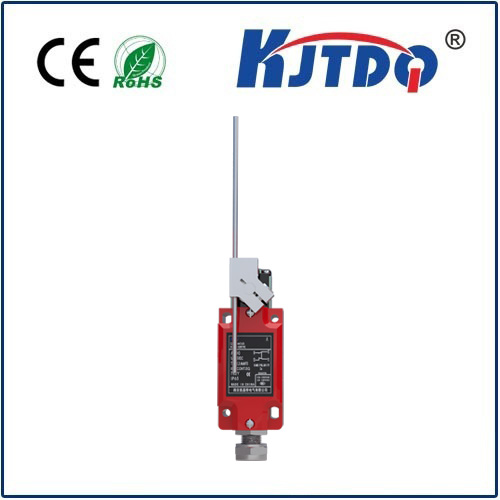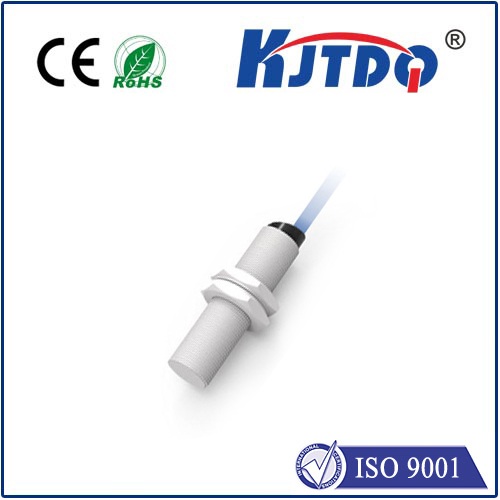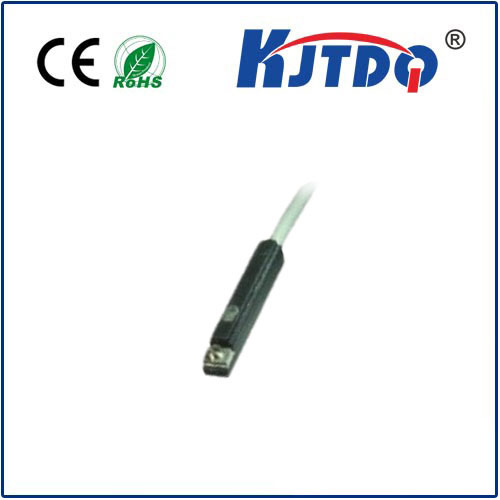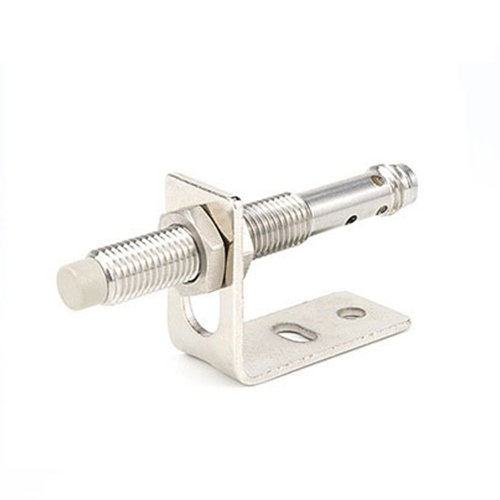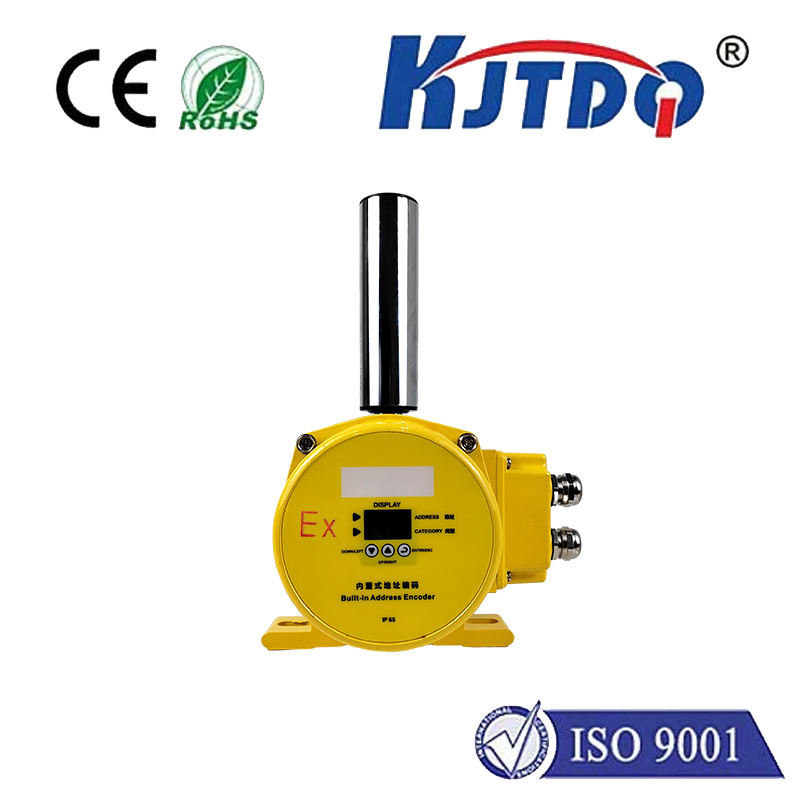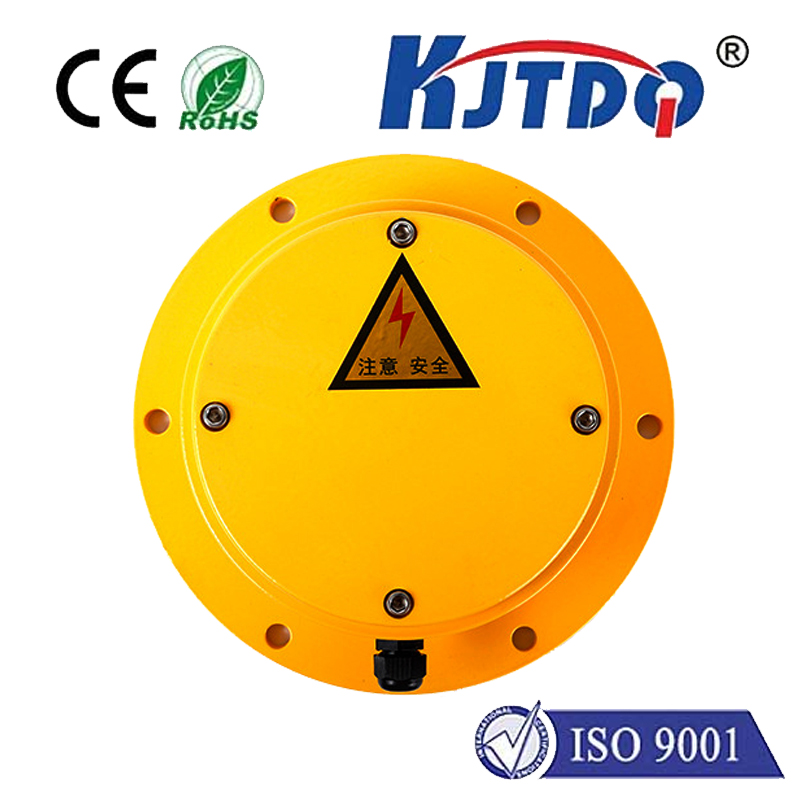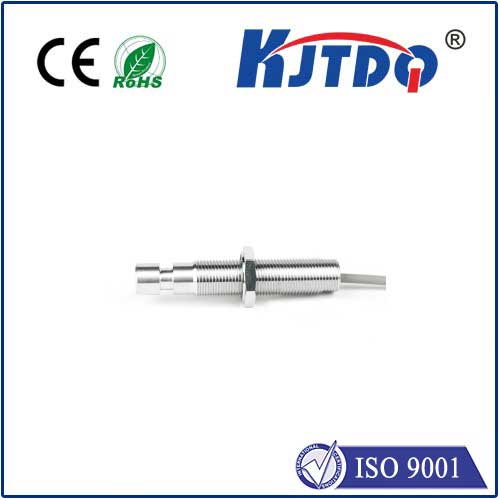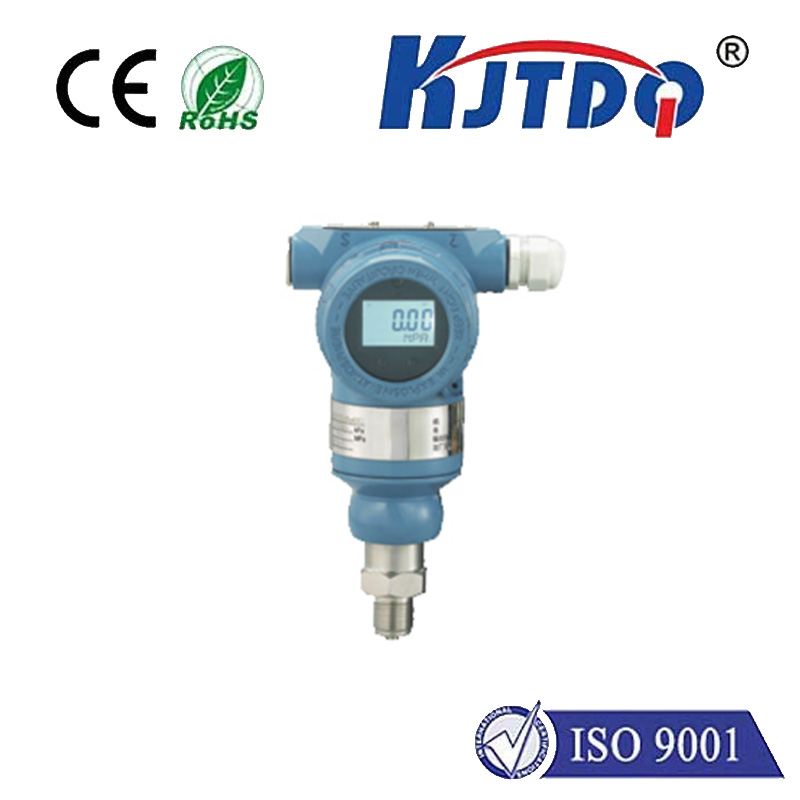color mark photoelectric sensors
- time:2025-09-12 01:45:51
- Click:0
Color Mark Photoelectric Sensors: Precision Detection for Industrial Automation
Imagine a high-speed production line where labels need perfect alignment, colored caps must be sorted onto the correct bottles, or registration marks dictate precise cutting points. Missing these critical color cues even once can mean wasted product, costly downtime, or packaging rejects. This is the demanding world where color mark photoelectric sensors become indispensable tools, offering unparalleled accuracy in distinguishing specific color marks against varying backgrounds.
These sophisticated sensors go far beyond simple “object present” detection. They are engineered to recognize minute differences in color or contrast at lightning speeds, making them vital components in countless manufacturing and packaging processes. Understanding their operation and advantages is key to optimizing automation efficiency.
The Core Principle: Beyond Basic Photoelectric Sensing
At their foundation, color mark sensors are a specialized type of photoelectric sensor. They utilize a light emitter (typically LED) and a receiver. However, their intelligence lies in their ability to analyze the properties of the reflected light signal, primarily its wavelength and intensity, rather than just its presence or absence.
- Emitter: Emits a beam of light (often visible red, green, or blue LED, or sometimes infrared) onto the target surface.
- Target Interaction: The surface reflects this light. The amount and specific wavelengths reflected depend heavily on the surface’s color and material properties.
- Receiver & Analysis: The receiver detects the reflected light. The sensor’s internal circuitry then analyzes the received signal. Crucially, it compares the intensity (brightness) of the reflected light corresponding to specific color wavelengths (if using RGB emitters) against pre-set thresholds or taught references.
Primary Detection Modes: Light Mark vs. Dark Mark

Color mark sensors excel in two fundamental detection scenarios:
- Light Mark Detection: Here, the sensor is programmed to detect a specific lighter mark on a darker background. For example, detecting a bright yellow registration mark printed on a dark brown cardboard box. The sensor triggers when the reflected light intensity exceeds a specific threshold, indicating the presence of the lighter mark.
- Dark Mark Detection: Conversely, this mode identifies a darker mark on a lighter background. Think of a black printed registration mark on white paper. The sensor triggers when the reflected light intensity decreases below a defined threshold, signifying the presence of the darker mark.
Modern sensors often combine color-specific emitters (like RGB LEDs) with advanced signal processing, allowing them to distinguish colors based on their specific spectral signatures, not just brightness. This enables detection even when the contrast between mark and background isn’t purely black-and-white but involves different hues.
Where They Shine: Key Applications
The precision of color mark sensors makes them essential across numerous industries:
- Printing & Labeling: Registration mark detection is paramount. Sensors detect printed marks to ensure perfect alignment during processes like cutting, folding, laminating, or applying labels. They prevent misaligned text, crooked cuts, or overlapping labels.
- Packaging: Verifying the presence of colored expiration dates, lot codes, or specific design elements on packaging materials. Ensuring labels with specific color elements are correctly positioned on bottles, cans, or boxes.
- Product Sorting & Inspection: Sorting items based on colored caps, tabs, or bands (e.g., pharmaceutical bottles, beverage containers). Detecting colored tapes or markings during assembly processes. Verifying the presence and correct color of components or product features.
- Textile Manufacturing: Detecting color threads, patterns, or printed marks on fabrics for cutting or sewing alignment.
- Automotive & Electronics: Identifying components with specific color-coded markings or verifying colored connectors, wires, or labels during assembly.
Why Choose Color Mark Sensors? Key Advantages
- High Precision & Consistency: Unmatched ability to detect subtle color or contrast differences reliably, even at high line speeds, reducing errors inherent in manual inspection or less capable sensors.
- High-Speed Response: Engineered for rapid detection cycles, crucial for modern, fast-moving production lines. They keep pace without slowing down operations.
- Enhanced Process Control: Enable precise timing for downstream actions like cutting, stamping, sorting, or rejecting faulty products, significantly improving overall quality control.
- Reduced Waste & Downtime: By preventing misalignments, missing marks, or incorrect sorting, they minimize product spoilage and costly stoppages associated with errors.
- Versatility: Available in various housings (rectangular, cylindrical, slot-style) and with different beam types (diffuse, retro-reflective) to suit diverse mounting constraints and sensing ranges.
- Robustness: Designed to withstand typical industrial environments, including dust, moisture (IP ratings vary), and vibration.
Selecting the Right Sensor: Critical Considerations
Choosing the optimal color mark sensor requires careful evaluation:
- Mark & Background: What specific colors or contrast levels need detection? Is it a light mark/dark background or vice versa? How consistent are the colors?
- Sensing Distance: How far away from the target will the sensor be mounted?
- Target Size & Speed: How small is the mark? How fast is it moving past the sensor?
- Environmental Conditions: Is there dust, moisture, oil, or strong ambient light interference? Select an appropriate Ingress Protection (IP) rating and look for models with ambient light immunity.
- Output Requirements: What type of signal does the controller need (PNP/NPN, analog, IO-Link)?
- Mounting Constraints: What space is available? Does it require a miniature sensor, a slot sensor for web guidance, or a rugged housing?
The Bottom Line: Precision Detection Engineered
Color mark photoelectric sensors are far more than simple presence detectors. They are sophisticated instruments of precision. By harnessing the principles of light reflection and advanced signal analysis, they solve critical challenges in color-based identification and registration across manufacturing. Investing in the right color mark sensor translates directly to higher production yields, minimized waste, enhanced quality control, and smoother, more reliable automation processes. When color and contrast matter for accuracy, these sensors deliver the essential detection capability modern industry demands.







